How To Measure Camera Filter Size?
When it comes to photography, understanding how to measure camera filter size is crucial for both amateur and professional photographers. Camera filters are essential accessories that can significantly enhance the quality of your photos by controlling light, reducing glare, and adding various effects. However, to reap these benefits, you need to ensure that the filter fits your camera lens perfectly. This article will guide you through the process of measuring camera filter size, ensuring you make the right purchase for your photography needs.
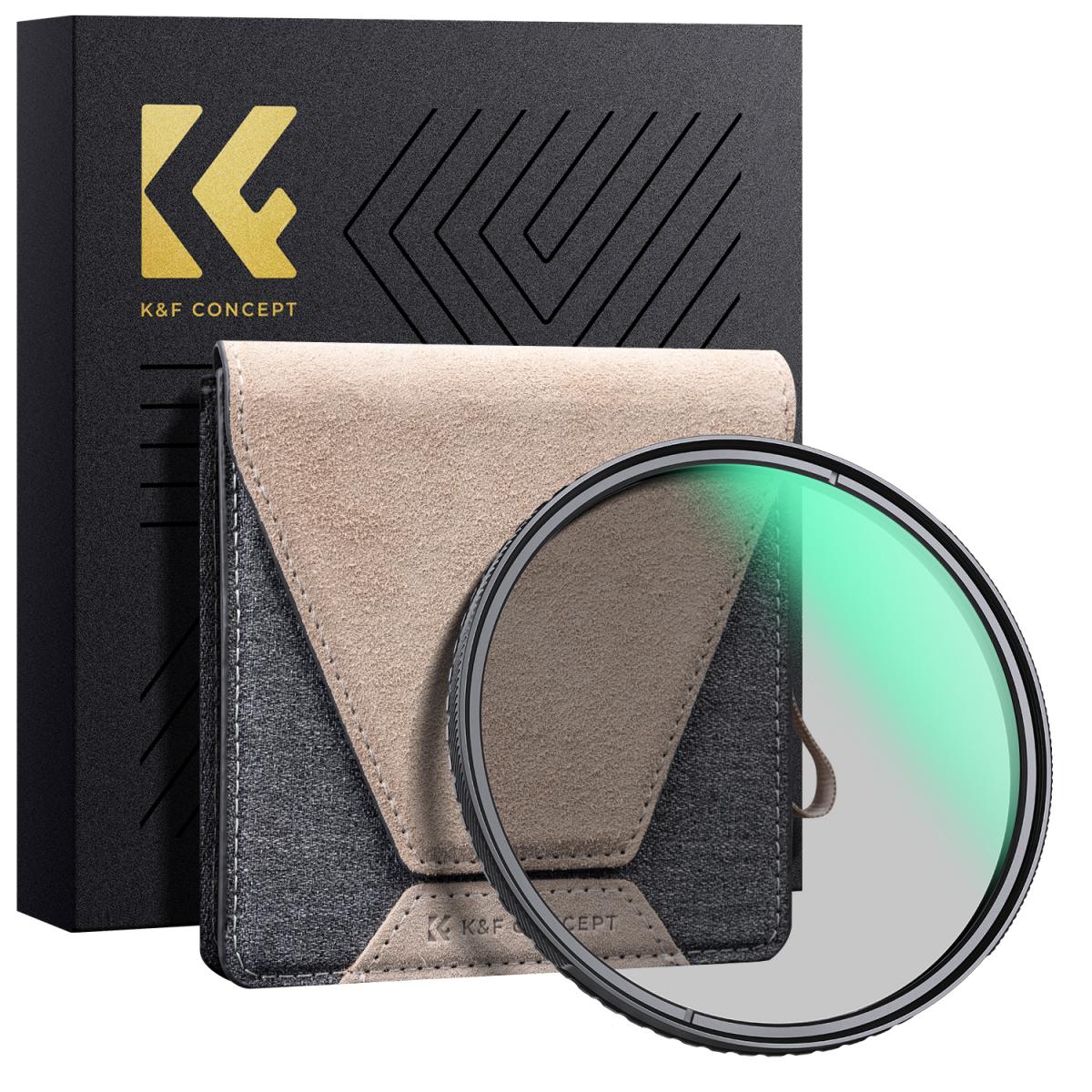
Understanding Camera Filter Sizes
Camera filter sizes are typically measured in millimeters (mm) and correspond to the diameter of your camera lens. The size is crucial because a filter that is too small or too large will not fit properly, rendering it useless. Most camera lenses have their filter size indicated on the lens itself, usually marked with a diameter symbol (Ø) followed by a number. For example, you might see something like "Ø58mm" on your lens, indicating that the filter size is 58mm.
Steps to Measure Camera Filter Size
1. Check the Lens Markings
The easiest and most straightforward way to determine your camera filter size is to check the markings on your lens. As mentioned earlier, the filter size is usually indicated on the front or side of the lens barrel. Look for the diameter symbol (Ø) followed by a number. This number is your filter size in millimeters.
2. Use a Ruler or Caliper
If the filter size is not indicated on the lens, you can measure it manually using a ruler or a caliper. Here’s how:
- Ruler Method: Place the ruler across the front of the lens, measuring the diameter from one edge to the other. Ensure that you measure in millimeters for accuracy.
- Caliper Method: A caliper can provide a more precise measurement. Open the caliper jaws and place them on the outer edges of the lens. Read the measurement in millimeters.
3. Refer to the Lens Manual
If you still cannot determine the filter size, refer to the lens manual or the manufacturer’s website. The manual usually provides detailed specifications, including the filter size.
Types of Camera Filters
Understanding the different types of camera filters can help you make an informed decision. Here are some common types:
- UV Filters: These filters protect your lens from dust, scratches, and UV rays. They are often used as a protective layer.
- Polarizing Filters: These filters reduce reflections and glare, making them ideal for shooting water bodies or glass surfaces.
- ND Filters: Neutral Density (ND) filters reduce the amount of light entering the lens, allowing for longer exposure times without overexposing the image.
- Graduated ND Filters: These filters are darker at the top and gradually become clear at the bottom, perfect for balancing the exposure in landscape photography.
- Color Filters: These filters add different color effects to your photos, useful for creative photography.
Choosing the Right Filter Size
Once you have determined your camera filter size, the next step is to choose the right filter. Here are some tips:
- Compatibility: Ensure that the filter is compatible with your lens. Some filters are designed for specific lens models.
- Quality: Invest in high-quality filters from reputable brands. Cheap filters can degrade the image quality.
- Purpose: Choose a filter that suits your photography needs. For example, if you shoot a lot of landscapes, a polarizing filter might be more beneficial.
Practical Tips for Using Camera Filters
Using camera filters effectively can significantly enhance your photography. Here are some practical tips:
- Stacking Filters: While it is possible to stack multiple filters, be cautious as this can cause vignetting (darkening of the corners) and reduce image quality.
- Cleaning: Keep your filters clean to avoid smudges and dust spots. Use a microfiber cloth and lens cleaning solution.
- Storage: Store your filters in a protective case to prevent scratches and damage.
- Experiment: Don’t be afraid to experiment with different filters to see how they affect your photos. This can help you understand their impact and improve your skills.
Common Mistakes to Avoid
When measuring and using camera filters, avoid these common mistakes:
- Incorrect Measurement: Always double-check your measurements to ensure accuracy. An incorrect filter size will not fit your lens.
- Overlooking Compatibility: Ensure that the filter is compatible with your lens model. Some filters may not fit certain lenses even if the size is correct.
- Ignoring Quality: Don’t compromise on quality. Low-quality filters can negatively impact your photos.
- Neglecting Maintenance: Regularly clean and maintain your filters to ensure they remain in good condition.
Measuring camera filter size is a fundamental skill for any photographer. By understanding how to measure the size accurately and choosing the right filter, you can enhance your photography and protect your lens. Remember to consider the type of filter that suits your needs, invest in quality products, and maintain your filters properly. With these tips, you’ll be well-equipped to make the most of your camera filters and take your photography to the next level.



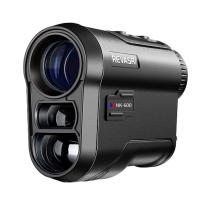

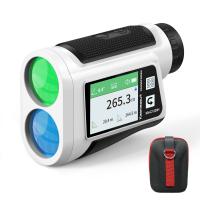
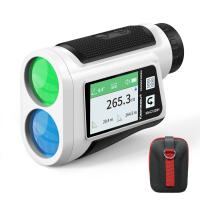

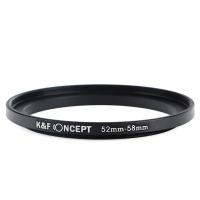

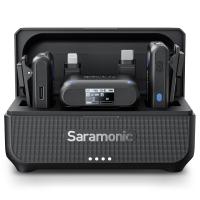
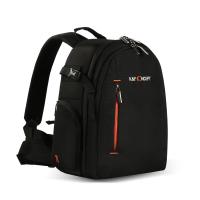
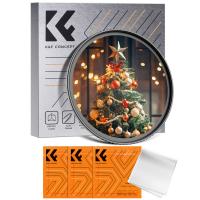

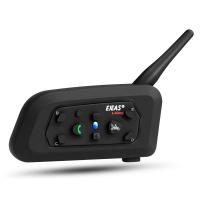

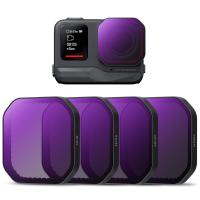




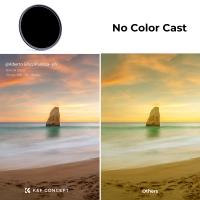
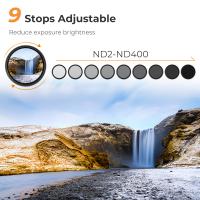
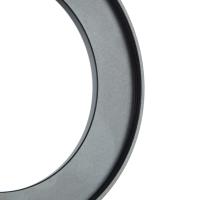
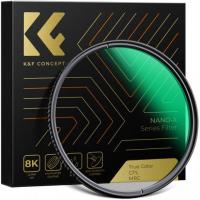
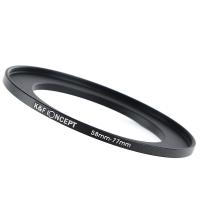
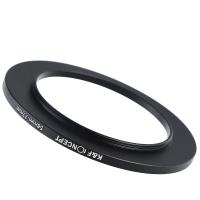
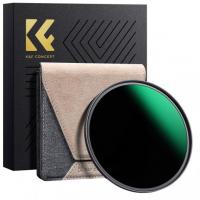

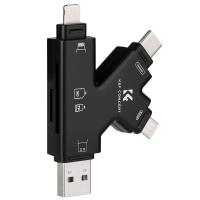

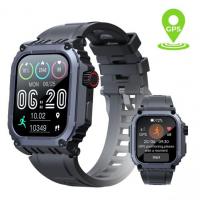
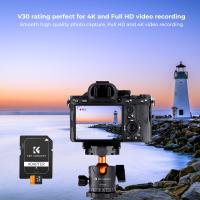
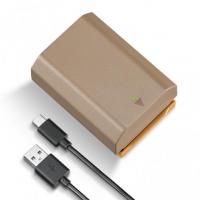

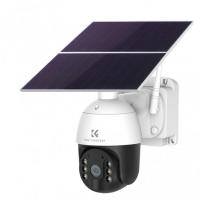

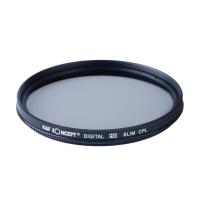
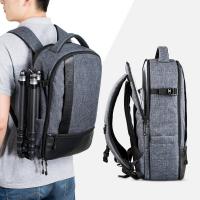
There are no comments for this blog.